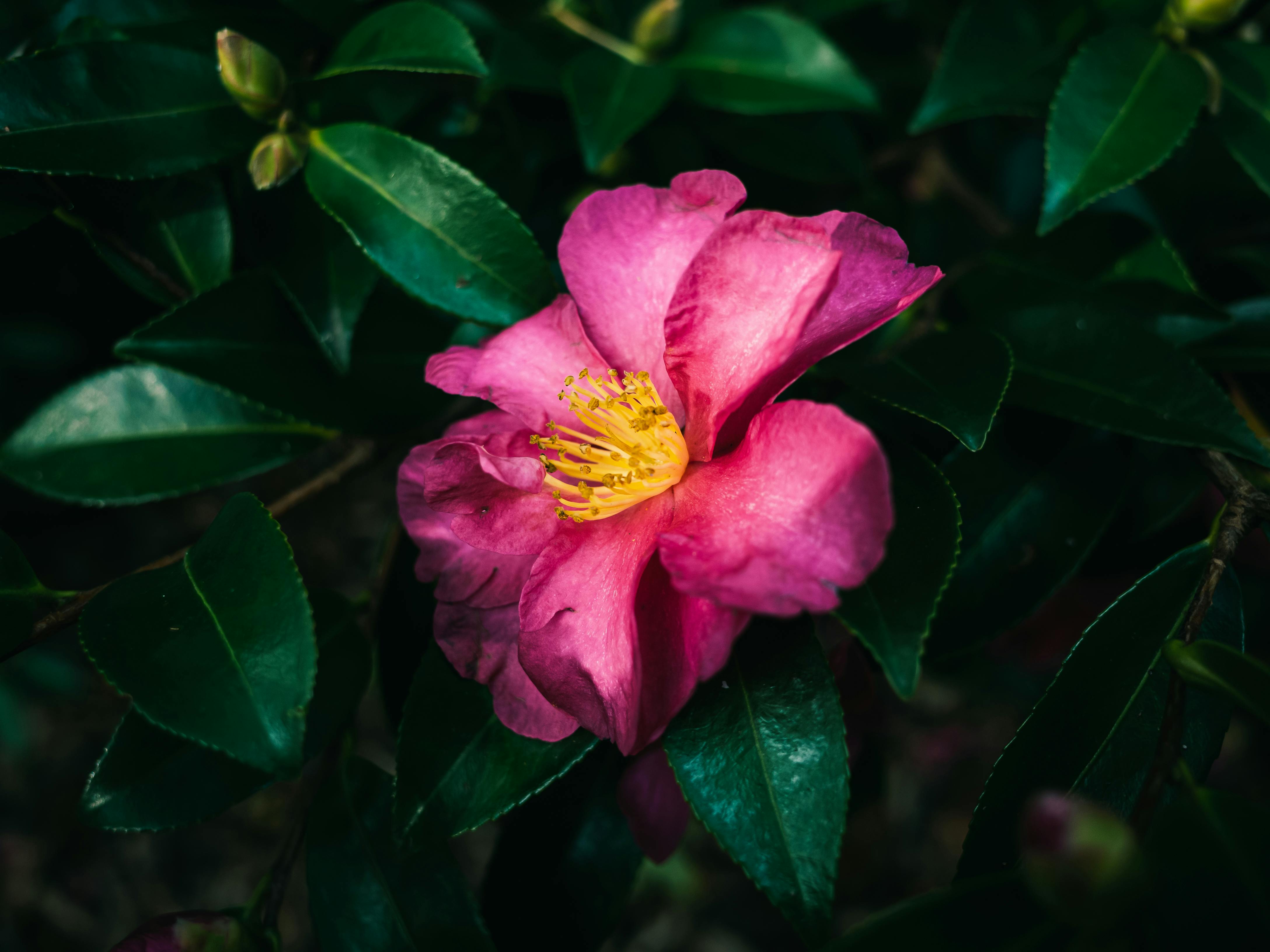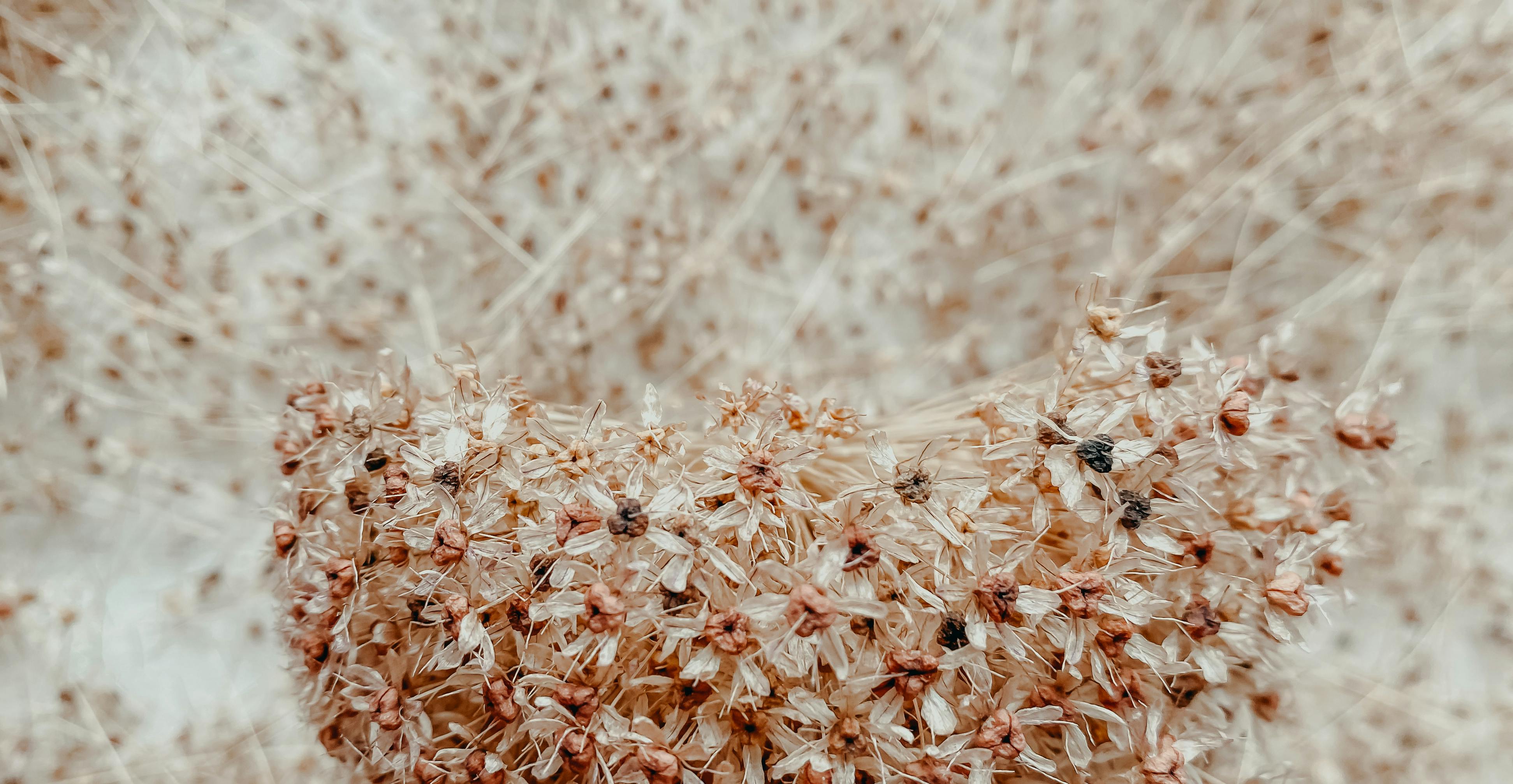Chufa, also known as the earth almond or tiger nut, is a type of nut-bearing grass native to North Africa and the Middle East. Planting chufa is becoming increasingly popular among gardeners for its sweet nutty flavor and its low maintenance requirements. When planting chufa, it is important to pay attention to the timing of planting in order to maximize yields and ensure successful harvests. The best time to plant chufa depends on your climate, as well as your desired harvest time.The best time to plant chufa is in the spring, after the last frost but before the summer heat sets in. Planting in late spring to early summer is optimal for the best yields of tubers.
What Is the Ideal Temperature for Planting Chufa?
The ideal temperature for planting chufa is between 65-75°F (18-24°C). Planting too early in cold soil can result in poor germination or a slowed growth rate. If the soil temperature is too warm, chufa will not be able to take full advantage of its short growing season. Optimal temperatures for germination are between 70-80°F (21-27°C), and the seeds should not be planted until the soil reaches this temperature. Once planted, the seeds should be kept moist until germination occurs.
Chufa is a warm-season crop, so its growth will slow when temperatures dip too low or soar too high. The ideal nighttime temperatures for a chufa crop are between 55 and 65°F (13-18°C), while daytime temperatures should stay between 65 and 75°F (18-24°C). High temperatures can cause the tubers to dry out quickly, reducing their quality and shelf life. Temperatures above 80°F (27°C) during flowering can cause poor pollination, resulting in fewer tubers produced per plant.
How Deep Should Chufa Be Planted?
Chufa is a nut-like tuber, also known as tiger nuts, that can be planted and harvested for its edible tubers. When planting chufa, it is important to ensure the correct depth to help ensure successful growth and a greater harvest. The ideal depth for chufa should be about 4-6 inches deep in the soil. This will give the tubers enough space to spread out underground and provide them with adequate access to nutrients, water, and oxygen. If planted too shallowly, the chufa may not grow properly or may fail to produce any tubers at all. On the other hand, if planted too deep, the tubers may be unable to reach the surface of the soil and fail to develop properly.
When planting chufa, it is important to select an area with well-draining soil. Chufa prefers a slightly acidic soil with a pH range of 6.0-7.5 and should be planted in full sun or partial shade for optimal growth. Before planting chufa, it is important to loosen the soil by tilling it to a depth of 8-10 inches and then adding organic material such as compost or manure to improve the soil’s fertility. This material should be worked into the top 6 inches of soil before planting begins.
When planting chufa, space each tuber 4-6 inches apart in rows that are spaced 12-18 inches apart. Dig small holes for each tuber using a trowel or other tool and place one tuber in each hole before gently covering them with soil. Water thoroughly after planting and make sure you continue watering regularly throughout the growing season as adequate moisture is essential for successful growth of chufa tubers.
In summary, when planting chufa it is important to ensure that you plant them at a depth of 4-6 inches in well-draining soil that has been amended with organic material such as compost or manure. Make sure you space each tuber 4-6 inches apart in rows that are spaced 12-18 inches apart and water thoroughly after planting then continue watering regularly throughout the growing season for optimal results.
Chufa Planting: Clumps or Rows?
When it comes to planting chufa, there are two main options: planting in clumps or rows. Each option has its benefits and drawbacks, so it’s important to consider which method is best for your particular situation.
Planting chufa in clumps is ideal for larger spaces or those with uneven terrain. It allows the plant to spread out and cover more ground than a row of plants would. Additionally, it makes it easier to maintain the soil moisture levels since the clump will retain more water than a single row of plants. The downside to this method is that weeds can easily take hold in these areas, so you’ll need to be vigilant about controlling them.
On the other hand, planting chufa in rows is best suited for smaller spaces with even terrain. This method allows you to easily cultivate the soil around each plant and helps keep weeds at bay. It also helps you easily monitor each plant’s development and growth. The downside is that rows can be more difficult to maintain since they require more attention when it comes to keeping soil moistures levels even throughout each row.
Ultimately, when deciding between planting chufa in clumps or rows, consider the size of your space and terrain as well as how much time you’re willing to dedicate towards maintenance. Both methods have their benefits and drawbacks, so it’s up to you to decide which one works best for your particular situation.
Soil Type for Planting Chufa
The best soil type for planting chufa is a well-drained, loamy soil. It should be high in organic matter and have a neutral pH. A sandy loam soil is ideal, as it provides good drainage and nutrients to the chufa plant. The soil should have a pH between 6.0 and 7.0, with a slight acidic inclination preferred. Chufa does not do well in clay soils, as they are prone to water logging, which can lead to root rot and other fungal diseases. The soil should be well aerated, so that it does not become waterlogged or overly compacted. Adding compost or aged manure will help to improve the quality of the soil.
Chufa requires regular watering during its growing season; however, allowing the soil to dry out between waterings will help promote healthy root growth. Mulching around the plants can also help to retain moisture and reduce weed growth. Fertilizing with an all-purpose fertilizer once or twice during the growing season will ensure that your chufa plants receive adequate nutrients for healthy growth and production of tubers.
When planting chufa, it is important to choose a location that receives full sun exposure throughout most of the day. In cooler climates, partial shade may be necessary during warmer periods of the day in order to protect the tubers from direct sunlight and heat stress. Chufa also prefers well-drained soils that are not prone to standing water or flooding. Planting in raised beds can help ensure adequate drainage for your chufa plants.

Sun Requirements for Growing Chufa
Chufa is a nut-like tuber that grows in warm climates, making it an ideal crop for many areas of the world. It requires plenty of sun to thrive, so it is important to choose a location for your chufa patch that receives ample sunlight throughout the day. The ideal amount of sun exposure is 8-10 hours per day. Chufa can tolerate some shade but will not produce as well if it does not get enough direct sunlight.
When selecting a location for your chufa patch, try to choose an area with soil that drains well and has good fertility. Chufa prefers slightly acidic soil and does not do well in waterlogged or overly alkaline soils. If you are unsure of the quality of your soil, you may want to have it tested before planting your chufa.
Chufa needs consistent watering throughout the growing season in order to produce well. Irrigation should be done during dry periods and during periods of low rainfall. Overwatering can lead to disease and rotting tubers, so it is important to keep an eye on your plants and adjust watering accordingly.
Overall, the sun requirements for growing chufa are quite simple—it needs 8-10 hours of direct sunlight per day in order to produce well. With adequate light and consistent water, you can enjoy a bountiful harvest of chufa each year!
How Much Water Does Chufa Need When It’s First Planted?
Chufa is a warm season crop that needs plenty of water to grow and produce a healthy crop. When it is first planted, it needs to be watered deeply to help the roots establish in the soil. The soil should be kept evenly moist for the first few weeks, and then gradually reduced as the plant matures. Depending on the soil type and climate, chufa may need to be watered every few days or several times a week. During hot, dry spells, supplemental irrigation may be needed to ensure that the plants do not suffer from drought stress. Mulching around the plants can also help conserve moisture in the soil and reduce evaporation.
How Often Should You Water Established Chufa Plants?
Established chufa plants require regular watering to ensure optimal growth and health. Generally, the amount of water needed will depend on the climate and soil conditions in which the plants are growing. In general, established chufa plants should be watered thoroughly every 7-10 days, or when the top 1-2 inches of soil is dry. If the soil is sandy, then more frequent watering may be necessary. During hot, dry periods, it may be necessary to water more frequently in order to keep the plant hydrated and healthy. Additionally, regular mulching can help conserve moisture and reduce evaporation from the soil.
It is important to avoid over-watering chufa plants as this can lead to root rot and other diseases. When watering established chufa plants, it is important to ensure that water penetrates deeply into the soil and that excess water drains away quickly. If there is any standing water around the roots of the plant, it should be removed immediately to avoid damage to the roots. In addition, it may be beneficial to perform a soil test prior to watering in order to determine if additional nutrients are needed for optimal growth of the plant.
Overall, established chufa plants should be watered thoroughly every 7-10 days or when the top 1-2 inches of soil is dry. Additionally, it is important not to over-water and ensure that excess water drains away quickly from around the roots of the plant in order to prevent root rot and other diseases. Regular mulching can also help conserve moisture and reduce evaporation from the soil for optimal growth of these plants.

Conclusion
When it comes to planting chufa, the best time to plant is in the early spring, once the soil is warm and dry. However, it is important to note that chufa can be planted in late summer or early autumn as well. Planting chufa in the late summer or early autumn can provide a longer growing season. It is also important to ensure that there are adequate drainage and fertile soil for the crop to grow properly. Additionally, chufa should be planted at least 6-10 inches apart from each other so that they have enough space to grow properly. Taking these factors into account will ensure a successful harvest of chufa.
Overall, planting chufa is not difficult and can be done with minimal effort and planning. With proper planting and care, you will have a delicious crop of chufa that you can enjoy for years to come.

